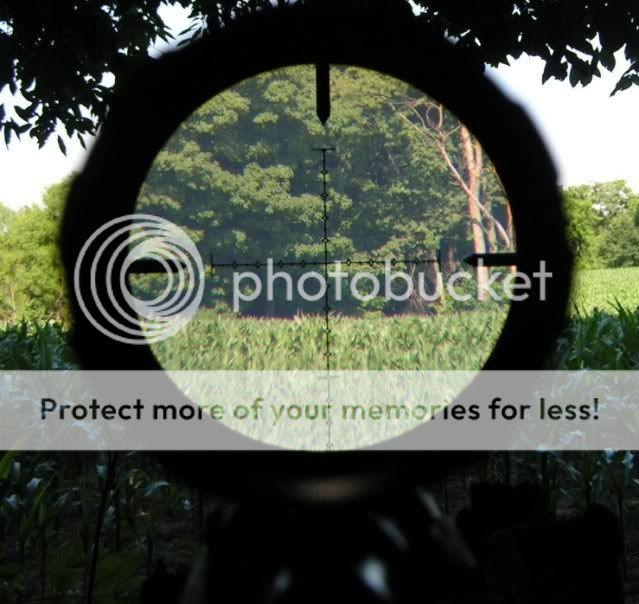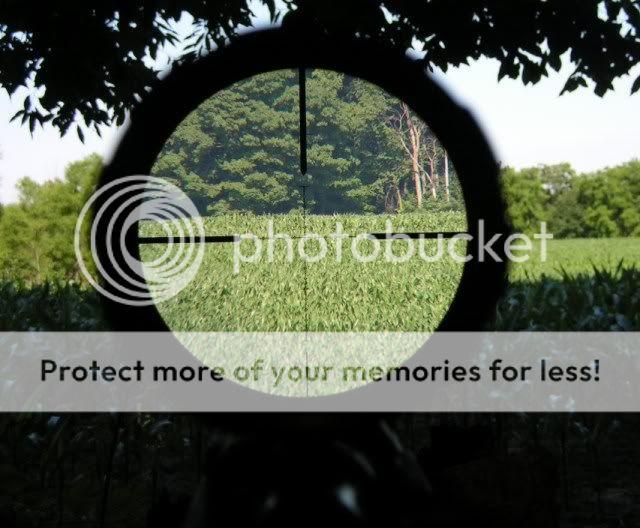Niles Coyote
Well-Known Member
Evaluating the 5-20x50mm SS Super Sniper
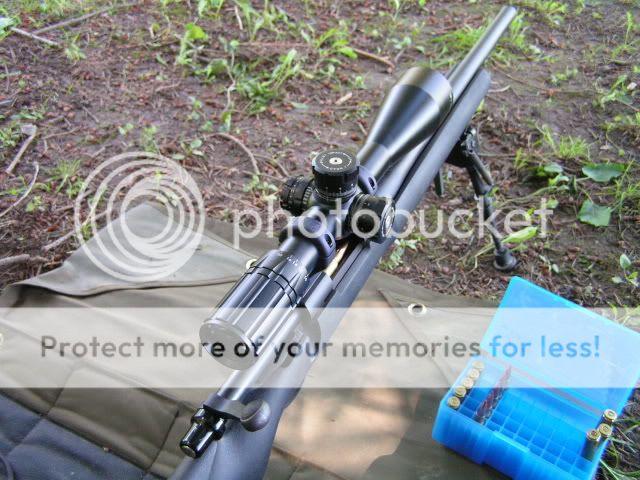
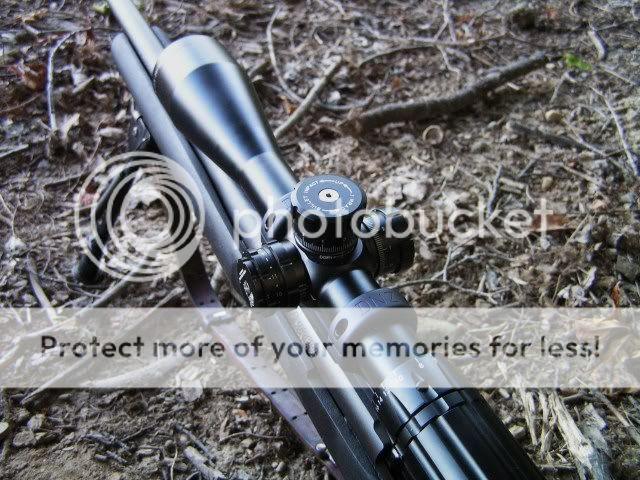
First let me add a little background before I get to deep here. I am not a professional optic evaluator, just another shooter that until the last four years was living fine with one to five hundred dollar glass for the purpose of hunting and short range target shooting. That all changed when I was invited to participate in a local SWAT match where area teams compete against each other for bragging rights. I was to be filling the role of spotter to assist a fellow coworker and department marksman. That lead me to several online shooting and hunting forums in my quest to learn everything I could to further my knowledge and help us win... Those were the days I actually had money and thought I was a good shot. Now I know better!
Now I know better!
Forgive me if there are a few inaccuracies here but to the best of my knowledge I will attempt to share a little Super Sniper history. For those that have not heard, there is a company in Texas called SWFA. I don't work for them and until just recently have never done business with them. They have a highly regarded line called the Super Sniper (I will refer to it as SS here on out). Its history can be traced back through Tasco and beyond. While that doesn't instill confidence for most, the scope was originally developed to meet the needs for a military contract T/E. This was apparently successful as it was awarded a United States military contract (# N00164-93-C-205). I remember as a youngster getting "The Sportsman's Guide" and seeing production over runs of this scope for sale within its pages branded by Tasco. At some point Tasco sold the SS line to SWFA who resurrected the scope and brought it back to the shooting community, up grading all the short cuts Tasco had taken to reduce cost and increase profit. The SS is a good fixed power scope that shares the traits that we long range shoots regard valuable, namely tracking, ease of dialing in adjustments and over all durability/dependability. Up to the last couple years these scopes were all fixed power. SWFA improved on the line and extended it, offering a new fixed model in 10x with HD glass and a couple new variables in 1-4 and 3-9x. They also upgraded the turrets with Mrad adjustments to match the mil based reticle. Just a few months ago I learned SWFA was bringing yet another SS to their line; this one a 5-20x50mm with HD lenses. I jumped at the chance to get one as this is almost perfect for my every need and I had read testimonials of their customer service if there was ever a problem. You will not find new SS anywhere but SWFA. The reason given is it reduces the overall cost to the consumer. I don't know that to be true but there logic explained on their website seems sound. Now with that all said I will get back to my review.
The 5-20x50mm SS features a new mil based reticle in the first focal plane (FFP), side focus PA adjustment, illumination of reticle center, HD glass and Mrad turrets with 10 mils of adjustment per turn. That's 36" per turn at 100 yards. This makes it very easy not to get lost on the turret dialing shots as most calibers used at long range will need less than 13 mils to reach 1000 yards, magnum calibers less than ten mils. Each mil is broken down in tenths, so when you make one click you have moved your point of impact one tenth of a mil which equals .36" at 100 yards/3.6" at 1000 or for you MOA guys .34 moa at 100 and 3.43 moa at 1000. The scope has 30 mils of adjustment range thats a little more than 102 MOA.
I've had the Super Sniper now for 7 days and was finely able to use it for what it was designed for, long range target engagement. To this point I had put just enough rounds under it for a zero and a quick load test, it was a down pour that first day. gun)
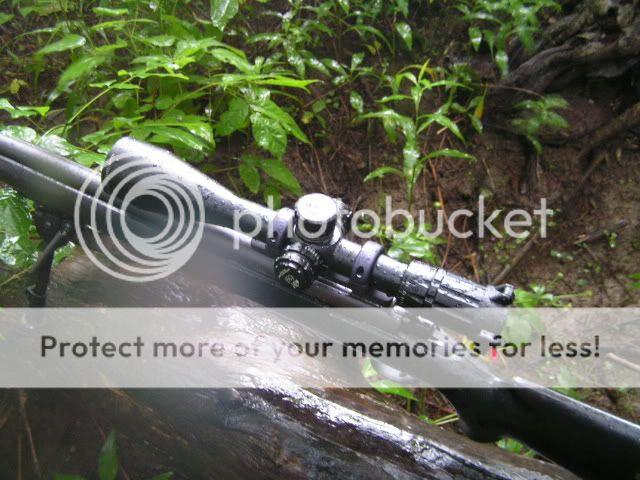
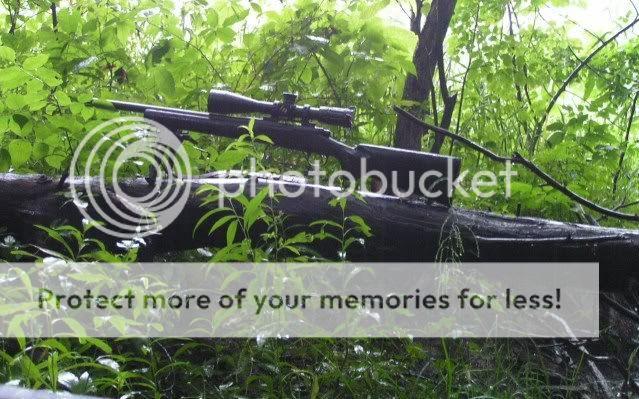
On a dryer day I took little time out in the back forty to see how it stacked up against what I usually carry. That would be a Nikon's gold and tactical line, Leupold's tactical and MK4 line, Burris hunting scopes, Vortex PST and binoculars, Swarovski binoculars and rangefinder and Nightforce NXS line. The SS appeared to be well made, well thought out and showed characteristics of good optical quality.
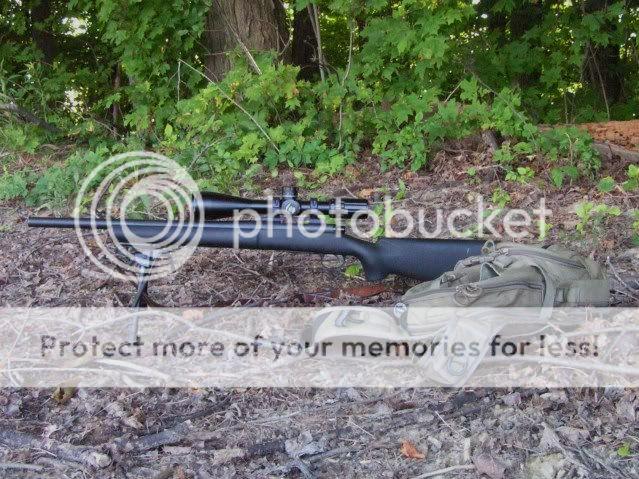
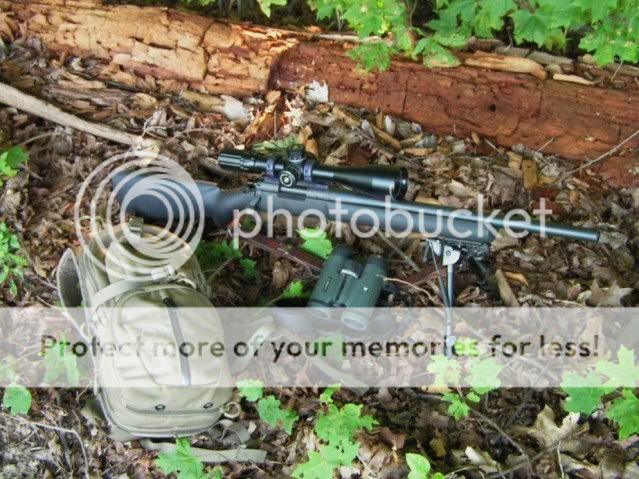
Now for the long range review:
It was a nice warm day today at the 1000 yard range and there was significant mirage present.
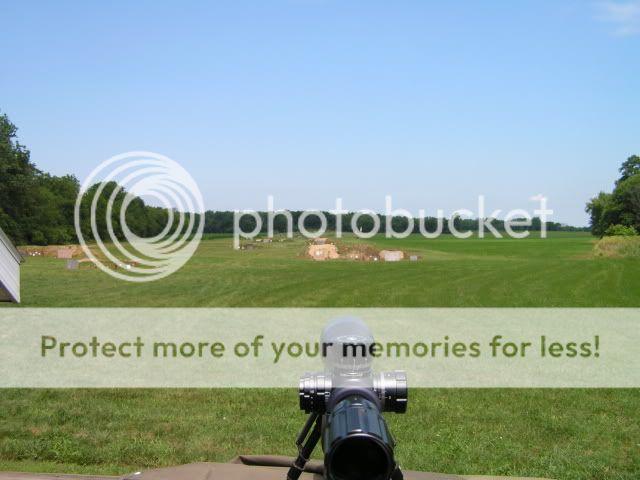
Along with me was the 5-20x50mm SS, 3.5-15x50mm NF NXS mrad/mlr, Leupold (pre MK4) 3.5-10x40mm M3 and a Nikon Tactical (pre X) 2.5-10x44mm with the Gen2 copy reticle. I started shooting with the SS at 400 yards and dialed in every hundred yards out to 1000. I experienced no problems there so I started dialing in drops predicted by JBM or my FDAC slide rule (an excellent itemlightbulb that is made just for 175 smk's but tracks berger's 168 vld just the same as they share the same BC or nearly so) for different distances between 300 and 1000 but not in order this time. I used up to 11.8 mils and I am happy to say it tracks properly within that range and right on the numbered indicators. I mention numbered indicators because when I first zeroed in the pouring rain and reset the elevation knob it would not line up perfectly with where the 0 is indicated on the dial. It would line up either tenth of a mil low or half way between 0 and a tenth of a mil above the indicated 0. When I went out the next day to shoot some dots I found I needed to adjust my zero by a tenth and reset the knob zero at which point everything lined up like it should.
So everything lined up and tracked appropriately so now I compared the SS to the other optics I had with me. First up, the Nikon. I have always stated that the field of view is narrow in these but they are dependable and have glass good enough to get the job done. The SS doesn't suffer from the same narrow field of view and was substantially better in clarity as I looked around the edges of the field. I then moved on to the Leupold. I really like this particular scopes' optics, it has one of the widest fields as any I have used yet and resolves detail better than the last three Leupold MK4's I have owned. The SS was turned down to 10 power to be fair and compared. The field of the Leupold surpassed that of the SS. Now this is a guess, as I have no hard numbers, but roughly 6 to 10 feet more was visible when observing the range around the 600 yard mark. Optical quality was too close to clearly tell between them. Understand, like I said above, this isn't your average Leupold. I then moved on to the Nightforce. This is my bread and butter scope. I have spent hours behind it and hold it in high regard. It has yet to let me down and has done everything I have asked, both on the range and in the wilds of Montana on more than one backpacking mule deer hunt. Yes, it is heavy and bulky but it is dependable and not jarred when I slip and fall, banged against trees and rocks or crammed into my pack. I am happy to report that I could tell no difference between them when resolving weeds and branches down on the 1000 yard berm and nearby tree line. Due to the mirage I also looked at objects closer and I feel confident that they are evenly matched when on the same magnification. Again the field is not as wide as the NF, but here is one area I found where the SS may have an advantage. At the very edges of the field in this NF I commonly get ghost images or stray light reflection. Let me describe that a little better… On a 20" white painted steel target if you hold the scope so half of the target is out of view and the other half is just inside the field it shines. Now when I compare the NF with in the field that the SS has the image is clear. So is it better or worse than the NF? That will totally depend on the shooters point of view.
Views brought to you by my SS and NF
20x
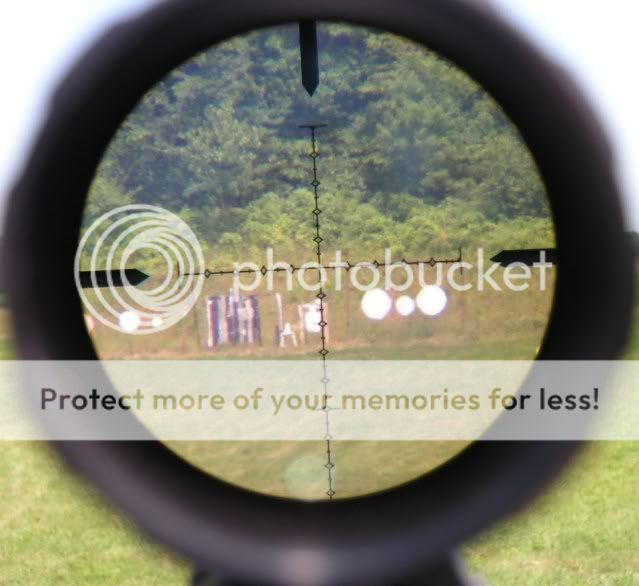
10x
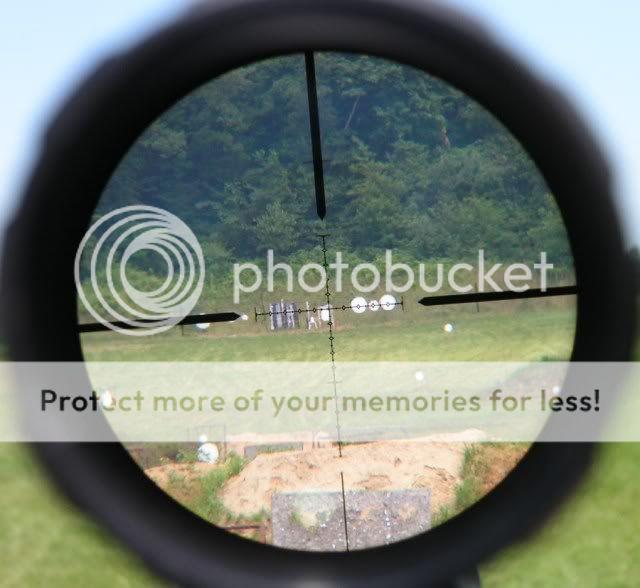
5x
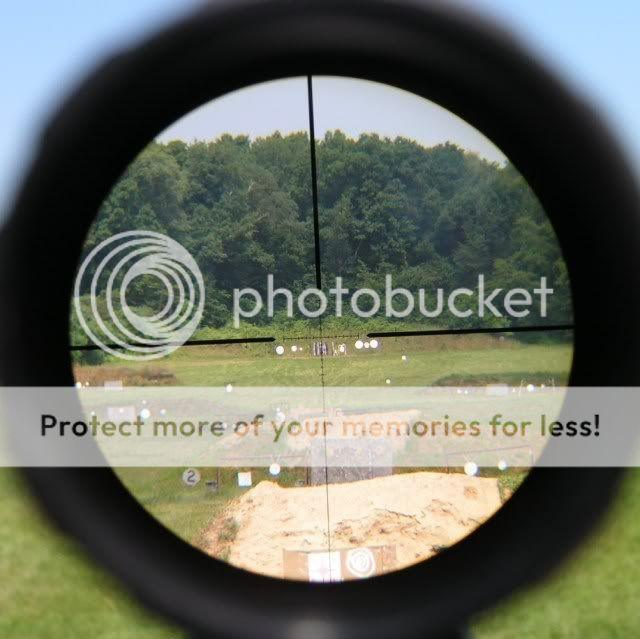
NF at 10x I think...
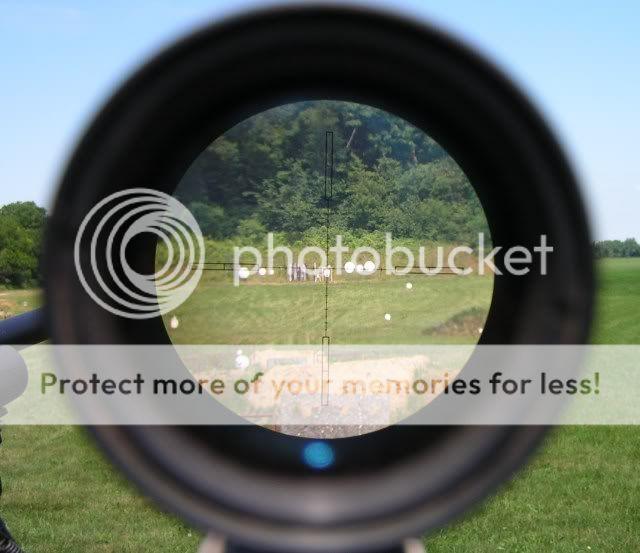
Turrets:
When I ordered this scope, and the other one I have not yet received(backordered), this was an area of concern. I love the resistance and solid click of my Nikon and Nightforce and was hoping the SS would be just as good and sure. I under stood that with 10 mils per turn the adjustments would be closer together leading me to believe that this may compound the possibility of a problem. My concerns were unfounded; rest assured there is no problem with the turret adjustment feel, engagement or resistance.
Wrapping it up:
I did not find and curvature of field, nor chromatic aberration/color fringing present in this scope to my still learning eye. The dependability and durability testing will continue but I can say right now SWFA has hit a home run with this scope. I will go further and say the next time I am in the market for a 1500-1800 dollar scope, barring any issues that challenge the dependability and durability, (which for now I have no reason to believe there will be any) I would buy the SS every time just for the added features over a NF.
Improvements:
As a few have already found, I too find the power adjustment difficult to turn because of nothing present to get a grip on. The surface is relieved in areas but slick. I have hears SWFA is alread working on a cat tail to fix this but wanted to say it truly will be necessary, that is, unless you like getting out of position to get a better grasp on the adjustment ring or wearing a glove.
The turret, if and/or when it happens again, the turret not being able to zero at all tenths will bother me. It will be interesting to see if the second one I ordered exhibits this.
One last concern I had and to some degree still have... Is 5 power going to be low enough for me and my needs. YMMV but I have had 6.5-20 scopes in the past and 6.5 power has proven to be too powerful during certain activities I use my scopes for, namely hunting in brush or thick wooded areas. In my trip out in the field this was one area I was testing. I don't think this is going to be as big of an issue with a low end of 5 power but it is still on my mind.
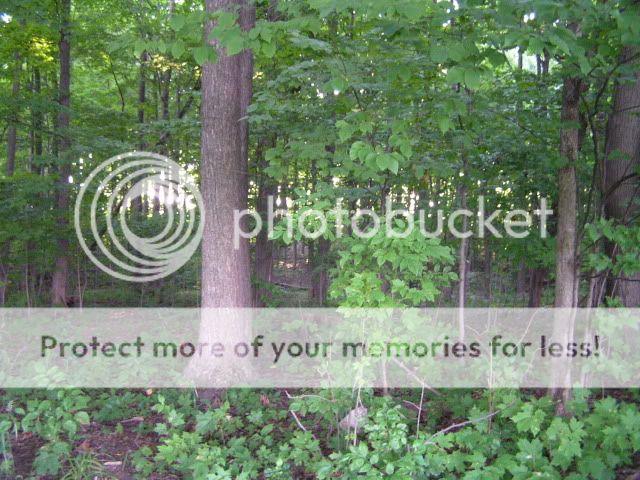
I would love to see SWFA come out with a scope with a low power around 3 but still powerful enough to be useful at 1000. I use 10 power scopes quite frequently at 1000 and while it's useable, 12 power or higher would be great. While I am offering suggestions, a 40mm-44mm objective would be preferred as well. Keep the PA knob, center dot illumination, turrets and FFP the same.
More pictures to follow.


First let me add a little background before I get to deep here. I am not a professional optic evaluator, just another shooter that until the last four years was living fine with one to five hundred dollar glass for the purpose of hunting and short range target shooting. That all changed when I was invited to participate in a local SWAT match where area teams compete against each other for bragging rights. I was to be filling the role of spotter to assist a fellow coworker and department marksman. That lead me to several online shooting and hunting forums in my quest to learn everything I could to further my knowledge and help us win... Those were the days I actually had money and thought I was a good shot.
Forgive me if there are a few inaccuracies here but to the best of my knowledge I will attempt to share a little Super Sniper history. For those that have not heard, there is a company in Texas called SWFA. I don't work for them and until just recently have never done business with them. They have a highly regarded line called the Super Sniper (I will refer to it as SS here on out). Its history can be traced back through Tasco and beyond. While that doesn't instill confidence for most, the scope was originally developed to meet the needs for a military contract T/E. This was apparently successful as it was awarded a United States military contract (# N00164-93-C-205). I remember as a youngster getting "The Sportsman's Guide" and seeing production over runs of this scope for sale within its pages branded by Tasco. At some point Tasco sold the SS line to SWFA who resurrected the scope and brought it back to the shooting community, up grading all the short cuts Tasco had taken to reduce cost and increase profit. The SS is a good fixed power scope that shares the traits that we long range shoots regard valuable, namely tracking, ease of dialing in adjustments and over all durability/dependability. Up to the last couple years these scopes were all fixed power. SWFA improved on the line and extended it, offering a new fixed model in 10x with HD glass and a couple new variables in 1-4 and 3-9x. They also upgraded the turrets with Mrad adjustments to match the mil based reticle. Just a few months ago I learned SWFA was bringing yet another SS to their line; this one a 5-20x50mm with HD lenses. I jumped at the chance to get one as this is almost perfect for my every need and I had read testimonials of their customer service if there was ever a problem. You will not find new SS anywhere but SWFA. The reason given is it reduces the overall cost to the consumer. I don't know that to be true but there logic explained on their website seems sound. Now with that all said I will get back to my review.
The 5-20x50mm SS features a new mil based reticle in the first focal plane (FFP), side focus PA adjustment, illumination of reticle center, HD glass and Mrad turrets with 10 mils of adjustment per turn. That's 36" per turn at 100 yards. This makes it very easy not to get lost on the turret dialing shots as most calibers used at long range will need less than 13 mils to reach 1000 yards, magnum calibers less than ten mils. Each mil is broken down in tenths, so when you make one click you have moved your point of impact one tenth of a mil which equals .36" at 100 yards/3.6" at 1000 or for you MOA guys .34 moa at 100 and 3.43 moa at 1000. The scope has 30 mils of adjustment range thats a little more than 102 MOA.
I've had the Super Sniper now for 7 days and was finely able to use it for what it was designed for, long range target engagement. To this point I had put just enough rounds under it for a zero and a quick load test, it was a down pour that first day. gun)


On a dryer day I took little time out in the back forty to see how it stacked up against what I usually carry. That would be a Nikon's gold and tactical line, Leupold's tactical and MK4 line, Burris hunting scopes, Vortex PST and binoculars, Swarovski binoculars and rangefinder and Nightforce NXS line. The SS appeared to be well made, well thought out and showed characteristics of good optical quality.


Now for the long range review:
It was a nice warm day today at the 1000 yard range and there was significant mirage present.

Along with me was the 5-20x50mm SS, 3.5-15x50mm NF NXS mrad/mlr, Leupold (pre MK4) 3.5-10x40mm M3 and a Nikon Tactical (pre X) 2.5-10x44mm with the Gen2 copy reticle. I started shooting with the SS at 400 yards and dialed in every hundred yards out to 1000. I experienced no problems there so I started dialing in drops predicted by JBM or my FDAC slide rule (an excellent itemlightbulb that is made just for 175 smk's but tracks berger's 168 vld just the same as they share the same BC or nearly so) for different distances between 300 and 1000 but not in order this time. I used up to 11.8 mils and I am happy to say it tracks properly within that range and right on the numbered indicators. I mention numbered indicators because when I first zeroed in the pouring rain and reset the elevation knob it would not line up perfectly with where the 0 is indicated on the dial. It would line up either tenth of a mil low or half way between 0 and a tenth of a mil above the indicated 0. When I went out the next day to shoot some dots I found I needed to adjust my zero by a tenth and reset the knob zero at which point everything lined up like it should.
So everything lined up and tracked appropriately so now I compared the SS to the other optics I had with me. First up, the Nikon. I have always stated that the field of view is narrow in these but they are dependable and have glass good enough to get the job done. The SS doesn't suffer from the same narrow field of view and was substantially better in clarity as I looked around the edges of the field. I then moved on to the Leupold. I really like this particular scopes' optics, it has one of the widest fields as any I have used yet and resolves detail better than the last three Leupold MK4's I have owned. The SS was turned down to 10 power to be fair and compared. The field of the Leupold surpassed that of the SS. Now this is a guess, as I have no hard numbers, but roughly 6 to 10 feet more was visible when observing the range around the 600 yard mark. Optical quality was too close to clearly tell between them. Understand, like I said above, this isn't your average Leupold. I then moved on to the Nightforce. This is my bread and butter scope. I have spent hours behind it and hold it in high regard. It has yet to let me down and has done everything I have asked, both on the range and in the wilds of Montana on more than one backpacking mule deer hunt. Yes, it is heavy and bulky but it is dependable and not jarred when I slip and fall, banged against trees and rocks or crammed into my pack. I am happy to report that I could tell no difference between them when resolving weeds and branches down on the 1000 yard berm and nearby tree line. Due to the mirage I also looked at objects closer and I feel confident that they are evenly matched when on the same magnification. Again the field is not as wide as the NF, but here is one area I found where the SS may have an advantage. At the very edges of the field in this NF I commonly get ghost images or stray light reflection. Let me describe that a little better… On a 20" white painted steel target if you hold the scope so half of the target is out of view and the other half is just inside the field it shines. Now when I compare the NF with in the field that the SS has the image is clear. So is it better or worse than the NF? That will totally depend on the shooters point of view.
Views brought to you by my SS and NF
20x

10x

5x

NF at 10x I think...

Turrets:
When I ordered this scope, and the other one I have not yet received(backordered), this was an area of concern. I love the resistance and solid click of my Nikon and Nightforce and was hoping the SS would be just as good and sure. I under stood that with 10 mils per turn the adjustments would be closer together leading me to believe that this may compound the possibility of a problem. My concerns were unfounded; rest assured there is no problem with the turret adjustment feel, engagement or resistance.
Wrapping it up:
I did not find and curvature of field, nor chromatic aberration/color fringing present in this scope to my still learning eye. The dependability and durability testing will continue but I can say right now SWFA has hit a home run with this scope. I will go further and say the next time I am in the market for a 1500-1800 dollar scope, barring any issues that challenge the dependability and durability, (which for now I have no reason to believe there will be any) I would buy the SS every time just for the added features over a NF.
Improvements:
As a few have already found, I too find the power adjustment difficult to turn because of nothing present to get a grip on. The surface is relieved in areas but slick. I have hears SWFA is alread working on a cat tail to fix this but wanted to say it truly will be necessary, that is, unless you like getting out of position to get a better grasp on the adjustment ring or wearing a glove.
The turret, if and/or when it happens again, the turret not being able to zero at all tenths will bother me. It will be interesting to see if the second one I ordered exhibits this.
One last concern I had and to some degree still have... Is 5 power going to be low enough for me and my needs. YMMV but I have had 6.5-20 scopes in the past and 6.5 power has proven to be too powerful during certain activities I use my scopes for, namely hunting in brush or thick wooded areas. In my trip out in the field this was one area I was testing. I don't think this is going to be as big of an issue with a low end of 5 power but it is still on my mind.

I would love to see SWFA come out with a scope with a low power around 3 but still powerful enough to be useful at 1000. I use 10 power scopes quite frequently at 1000 and while it's useable, 12 power or higher would be great. While I am offering suggestions, a 40mm-44mm objective would be preferred as well. Keep the PA knob, center dot illumination, turrets and FFP the same.
More pictures to follow.
Last edited:

